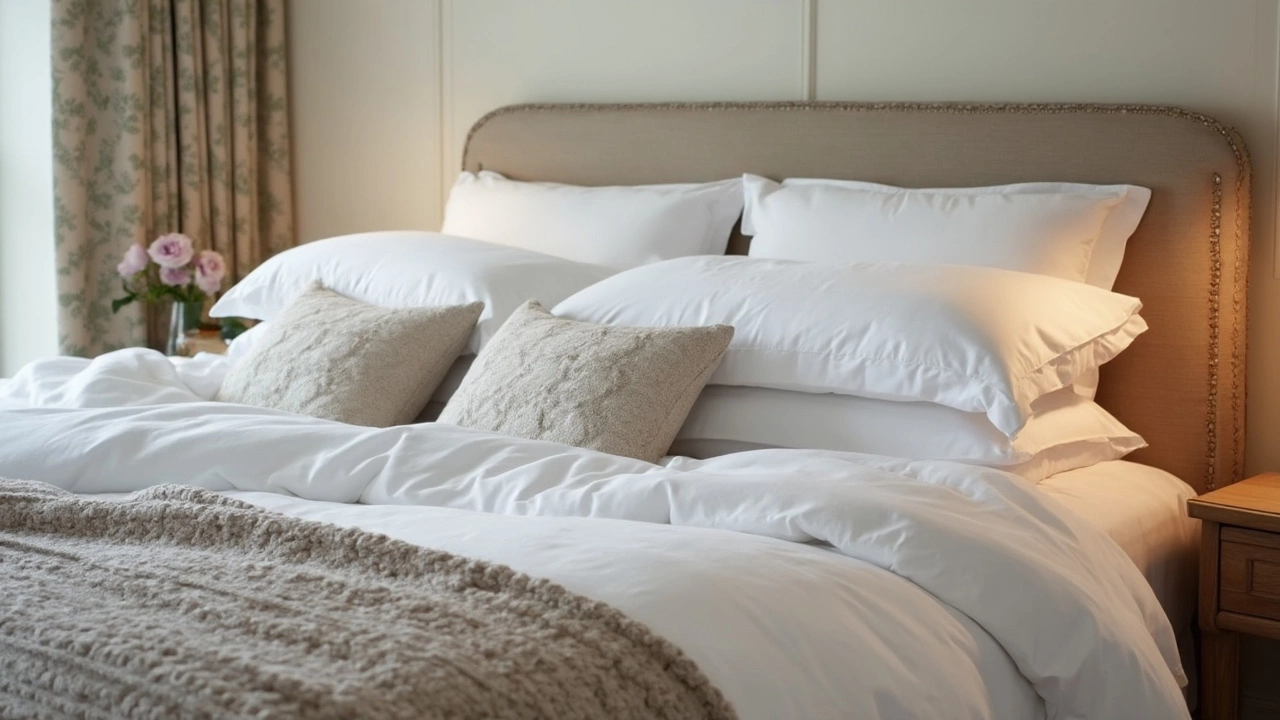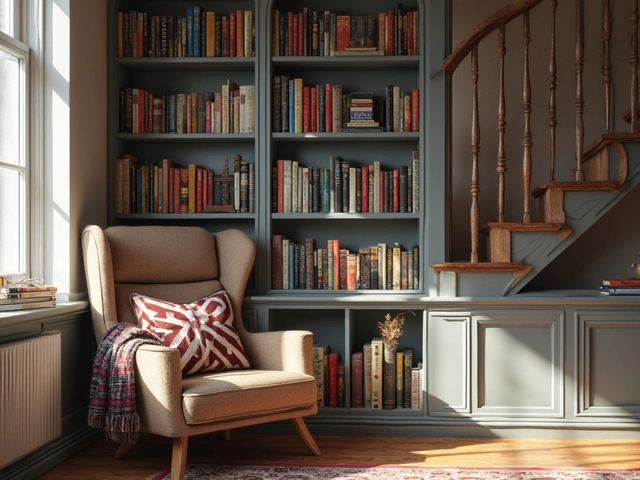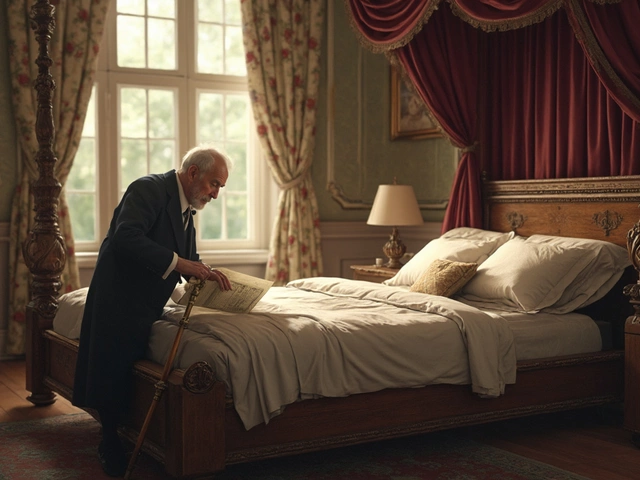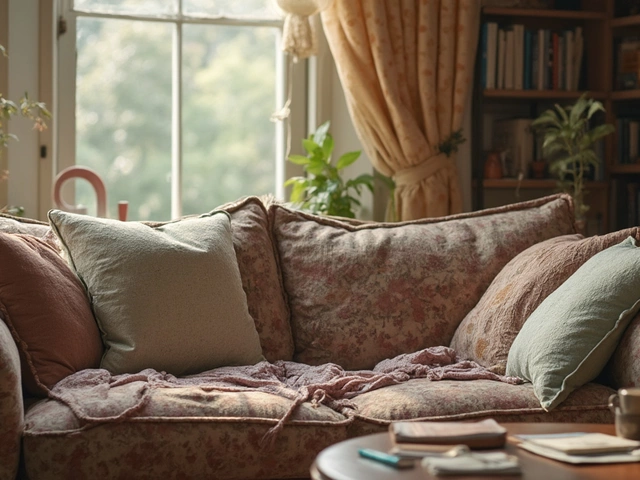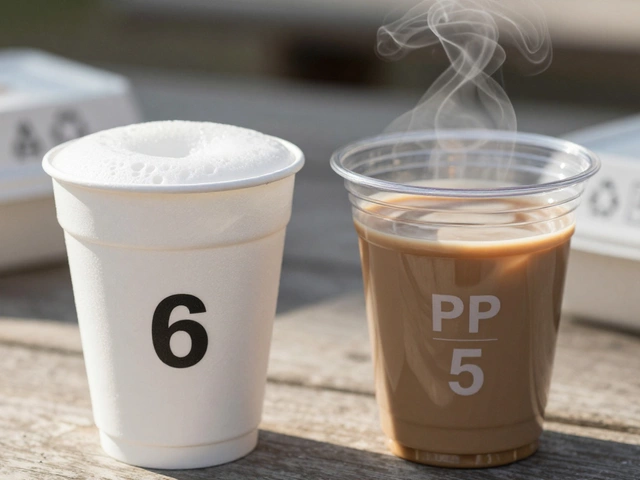Ever found yourself staring blankly at a shop display of crisp linens and plush duvets, wondering which pieces are actually classed as bedding? It's not just you. The term 'bedding' floats around so casually, but definitions vary from country to country, store to store, and person to person. That confusion is a real thing. The truth is, what qualifies as bedding isn't random—there are standards, both legal and functional, that set the rules. Stick around and you'll see why this stuff matters more than you think, whether you're shopping for a cosy nest or figuring out how to keep your Airbnb legal.
So, What Exactly Is Bedding?
If you Google 'bedding,' the definition usually boils down to "the materials laid above the mattress of a bed for warmth, protection, comfort, and decoration." But when you actually shop or look up what rental laws require, 'bedding' becomes a little more complex. Legally and practically, bedding includes the items that touch your body or the mattress during sleep.
Big names in home textiles—think Ikea, John Lewis, or Macy's—tend to break it all down like this:
- Sheets: The fitted sheet covers the mattress. The flat sheet goes between you and the blanket/duvet—though some skip it.
- Pillowcases: These slip-ons cover pillows, keeping sweat and drool from ruining your fluffy support systems.
- Duvets & Comforters: That plush, warm layer on top—sometimes with a cover, sometimes without.
- Blankets: Extra layers for warmth, usually sandwiched between sheets or the duvet.
- Bedspreads & Coverlets: Decorative, but also practical, often used as a top layer or alone in warm weather.
Ever heard of 'top of the bed' or 'bottom of the bed' when reading fancy catalogs? 'Top of the bed' includes duvets, comforters, and decorative pillows. The 'bottom' is all the layers beneath. The key is, if it’s washable and you swap it out for the next guest, it probably counts as bedding.
Bedding Categories: More Than Just Fabric
Bedding isn’t just a bunch of cloth pieces thrown over a mattress. There’s a reason stores and interior designers have strong opinions about types, layers, and even the colors of bedding. Every category serves a different purpose.
- Functional Bedding: This covers the nuts and bolts—sheets, pillowcases, and blankets. They're the essentials, the pieces you physically touch every night.
- Decorative Bedding: These are the extras like throw blankets, accent pillows, and bed skirts. They make your bed look Instagram-worthy but technically don’t need to be washed or replaced as often.
- Protective Bedding: Mattress protectors and pillow covers guard against dust mites, spills, and allergens. Not the focus for everyone, but in hospitality (or if allergies make you miserable), these items are mandatory.
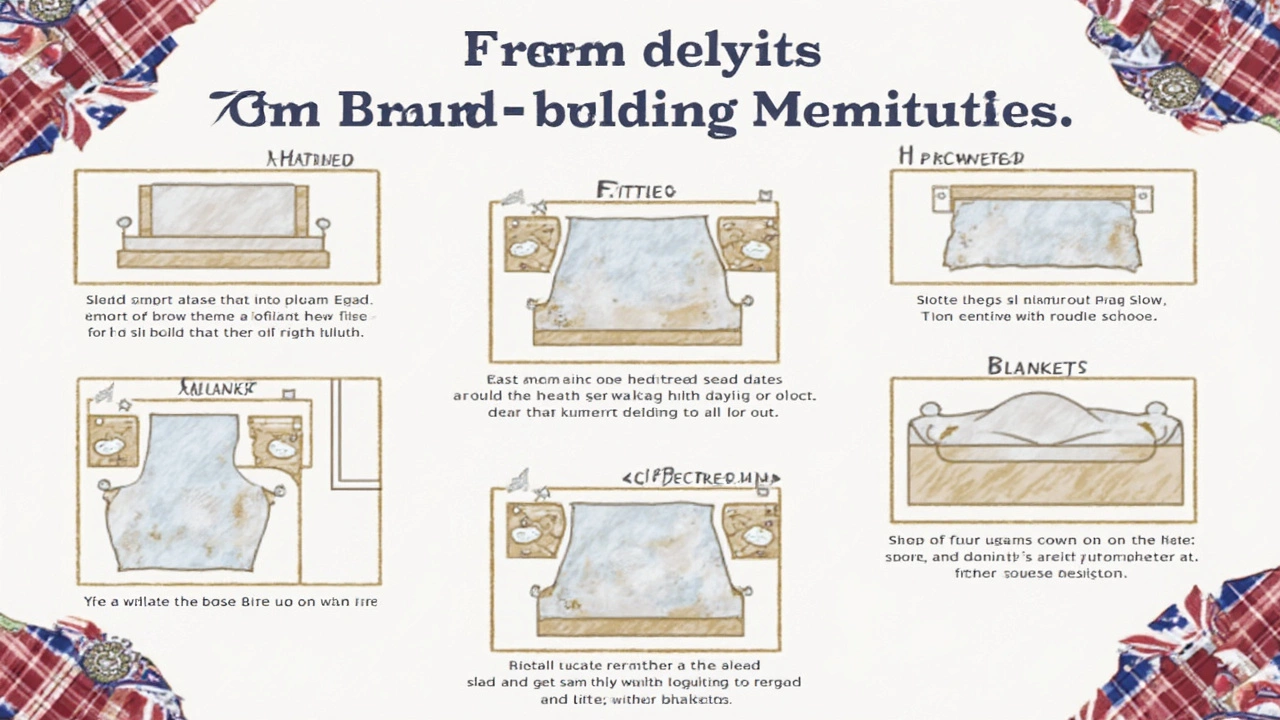
Why Knowing the Definition Matters
Here's the kicker—how you define bedding changes a lot, especially for cleaning, allergies, and even legal stuff. For renters, landlords, and hotels, there are rules around what counts as bedding and what must be changed between occupants. Airbnbs in New York, for instance, have to provide at least one clean set of everything with every booking—failure to do so results in fines. If you skimp, you’re not just risking a bad review, but an actual legal headache.
For allergy sufferers, knowing what counts as bedding helps cut down on dust mites, animal dander, and mold. The American Academy of Allergy, Asthma & Immunology recommends washing all bedding—sheets, pillowcases, duvet covers—at least once a week in hot water. Some interesting numbers: 86% of people in a 2023 survey admitted to not changing their sheets weekly. Yet regular washing reduces skin breakouts and allergies by up to 60% according to Cleveland Clinic research.
If you’re moving into a dorm, or prepping for a hospital stay, knowing the definition of bedding can save you from showing up without the essentials. A dorm checklist will usually say "twin XL bedding set," meaning you need fitted and flat sheets, a pillowcase, and a comforter or blanket. Not knowing this results in frantic late-night trips to the nearest store or, worse, sleeping without a sheet.
Popular Types of Bedding and What Sets Them Apart
The world of bedding is a labyrinth of fabric names and mysterious thread counts. To help you not get lost among sateen, percale, flannel, and jacquard, here's a breakdown of what you’ll actually find in stores.
- Cotton Bedding: The classic, mostly because it’s soft, breathable, and durable. Egyptian and Pima cotton are luxury favorites.
- Microfiber Bedding: Made from very fine fibers of polyester, this is budget-friendly, wrinkle-resistant, and dries fast, but some find it less breathable.
- Linen Bedding: It’s pricey, but insanely breathable, moisture wicking, and nearly indestructible. Linen gets softer with every wash.
- Bamboo Bedding: Naturally antibacterial and eco-friendly. Soft like silk but usually cheaper.
- Flannel Bedding: Brushed for coziness, perfect for winter lovers or freezing bedrooms.
Take a look at the table below for a rough guide to which fabric does what best:
| Material | Breathability | Durability | Ease of Care | Typical Use |
|---|---|---|---|---|
| Cotton | High | Medium-High | Easy | Everyday, All Seasons |
| Microfiber | Medium | Medium | Very Easy | Budget, Kids' Rooms |
| Linen | Very High | Extremely High | Gets Better With Use | Luxury, Hot Climates |
| Bamboo | High | High | Easy | Eco-Friendly Homes |
| Flannel | Low | Medium | Easy | Winter, Cold Spaces |
Quick tip: Always read the care label. A beautiful silk duvet cover that needs to be dry-cleaned will not play nice with the chaos of family life. Stick to cotton or bamboo blends for the sheets you wash the most, and save silk or linen for the special layers.
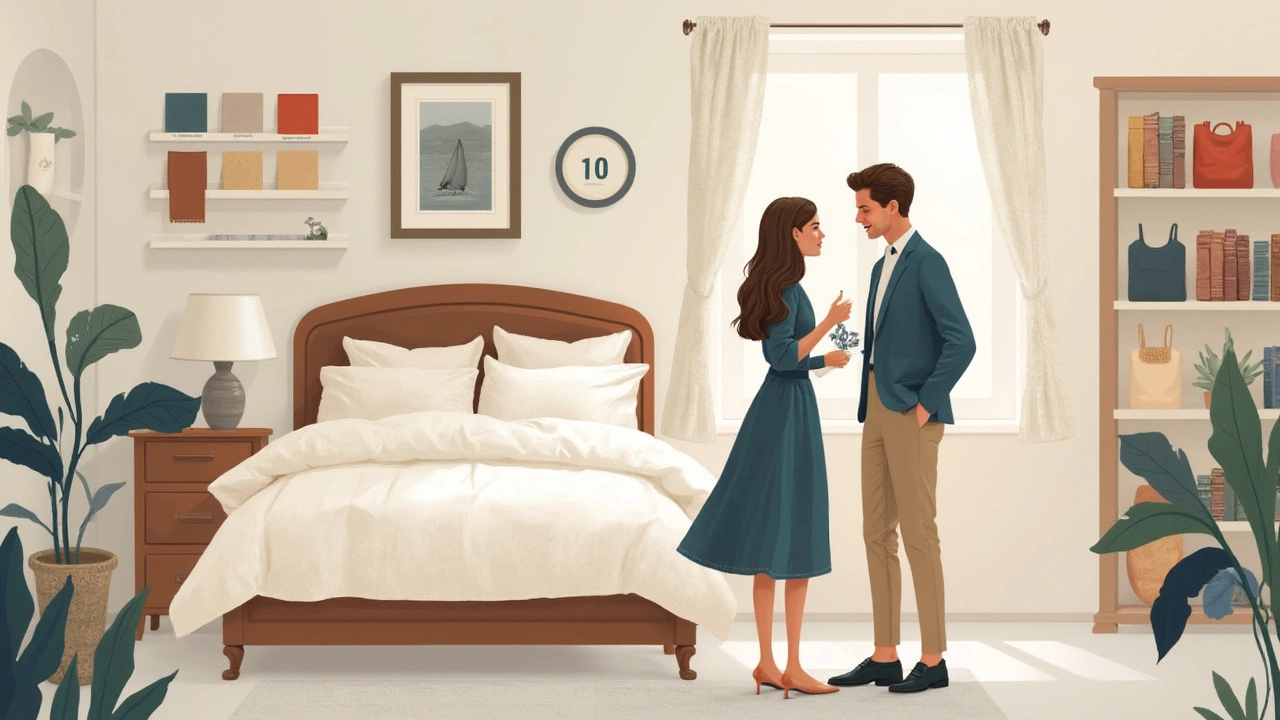
Tips for Choosing and Caring for Bedding
Bedding isn’t just about what looks good in an Instagram grid. It’s a health essential and a style statement. If you want a cloud-like sleep every night or a guest room that wows, you need to get practical.
First, size matters. Don’t just guess that your queen sheet will fit your mattress—measure it! A 2022 Consumer Reports survey found that 40% of returns in bedding stores are because of sizing issues. Pillow sizes also mix people up. Standard, queen, king, and European square pillows all exist because – why not make life more complicated? Double-check the tags.
Second, don’t fall for the thread count hype. According to textile scientists at Kansas State University, thread counts over 500 won’t make your bedding magically softer. Look for long-staple cotton, which is smoother and more durable, or opt for percale if you like cool, crisp sheets. If eco-friendliness is your thing, bamboo and Tencel Lyocell fibers are popping up everywhere, offering softness and a lighter footprint.
A quick tip for freshness: Rotate two or three sets of sheets and pillowcases in regular use. Toss them in the wash weekly—more often if you sleep naked or have pets who snuggle up (their dander and fur can be major culprits for allergies). For stains, skip the bleach if you want your colors to last; use a paste of baking soda and water or a dedicated laundry stain remover.
Want a luxe hotel vibe at home? Layer with a mattress topper, crisp cotton percale sheets, and a fluffy down-alternative comforter. Finish with a tightly woven duvet cover and a pair of decorative shams. But remember, the fancier the bedding, the more upkeep it needs.

